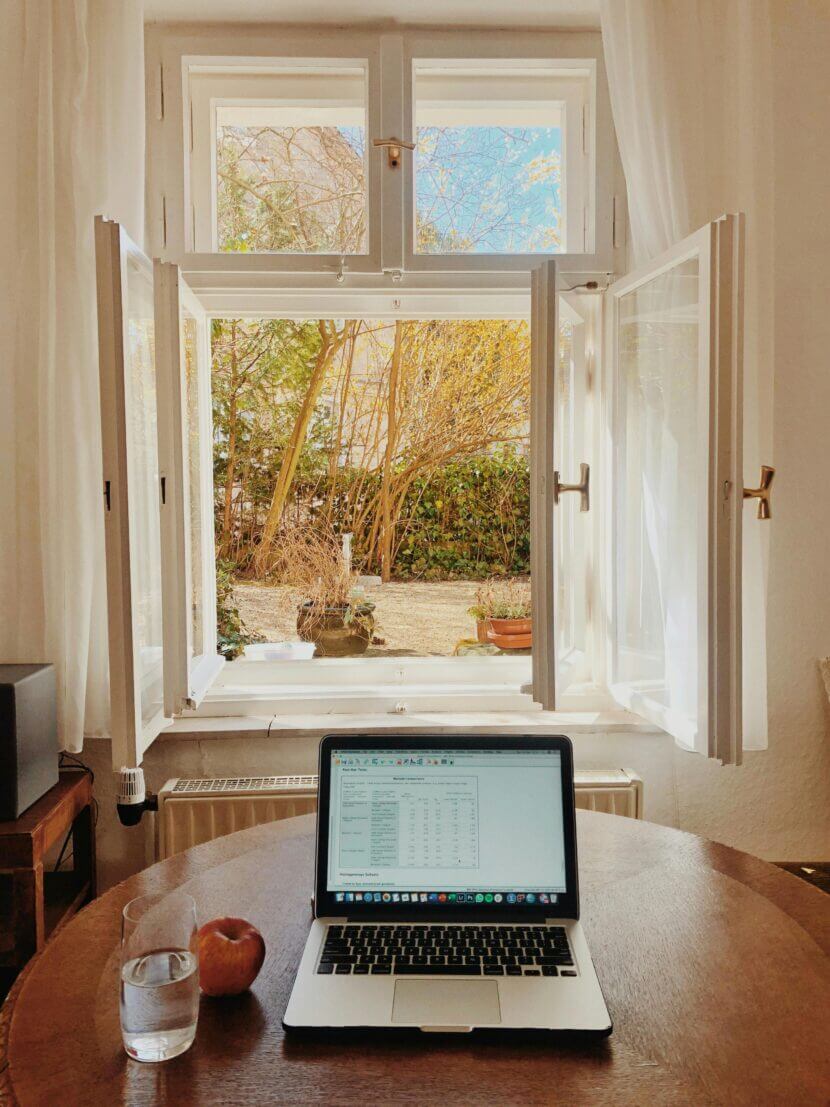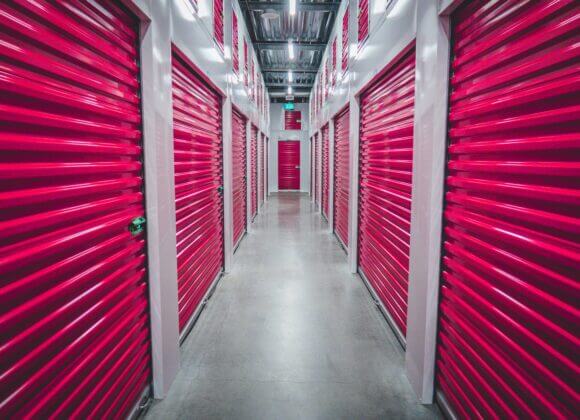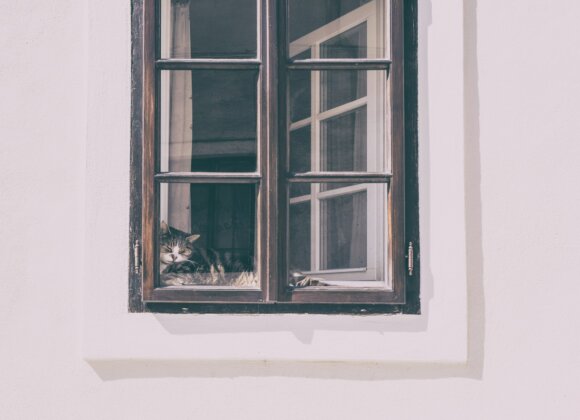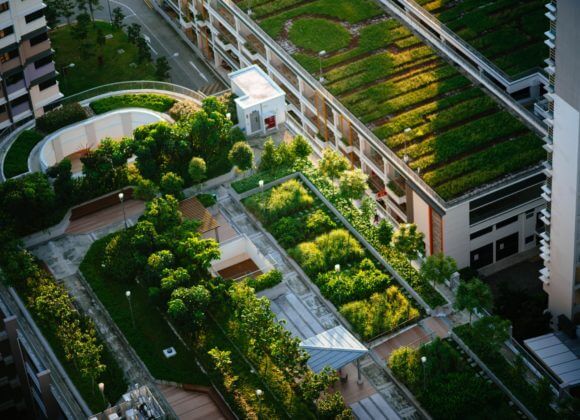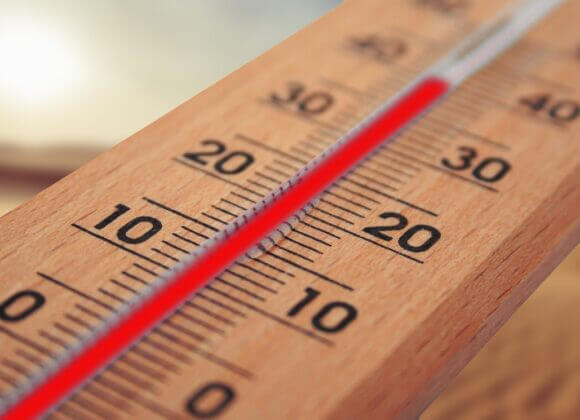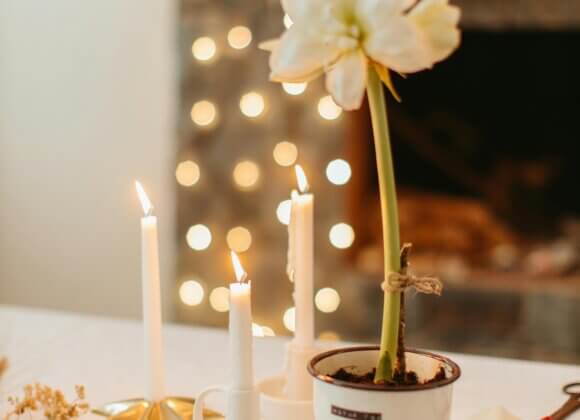Incorrect ventilation can promote the formation of mold. And not only in winter, but also in summer.
The cellar smells musty, the garage is damp? In the weekend cottage, which was not used during the winter and therefore hardly heated or not heated at all, is the polar bear on the move? The first impulse in the face of rising temperatures is to open the windows and ensure continuous ventilation in the rooms mentioned.
However, this plan is not always crowned with success: instead of drying out the rooms or keeping them at a pleasant temperature, in the worst case you can bring an unloved roommate into the house – summer mold. This is because warm air absorbs more moisture than cool air. If this warm, humid outside air meets cooler areas, the temperature falls below the dew point and condensation forms – the ideal prerequisite for mold growth, whether in new or old buildings.
Incidentally, bathrooms and kitchens, where a lot of moisture is also produced, are also predestined to become infested with mold if ventilation is incorrect.
“Food” lets summer mold continue to grow
Mold growth is fueled when organic materials such as clothing, shoes or books are stored in the rooms. They serve as food for the spores. The result is an explosive spread of summer mold, which is no different in kind from winter mold.
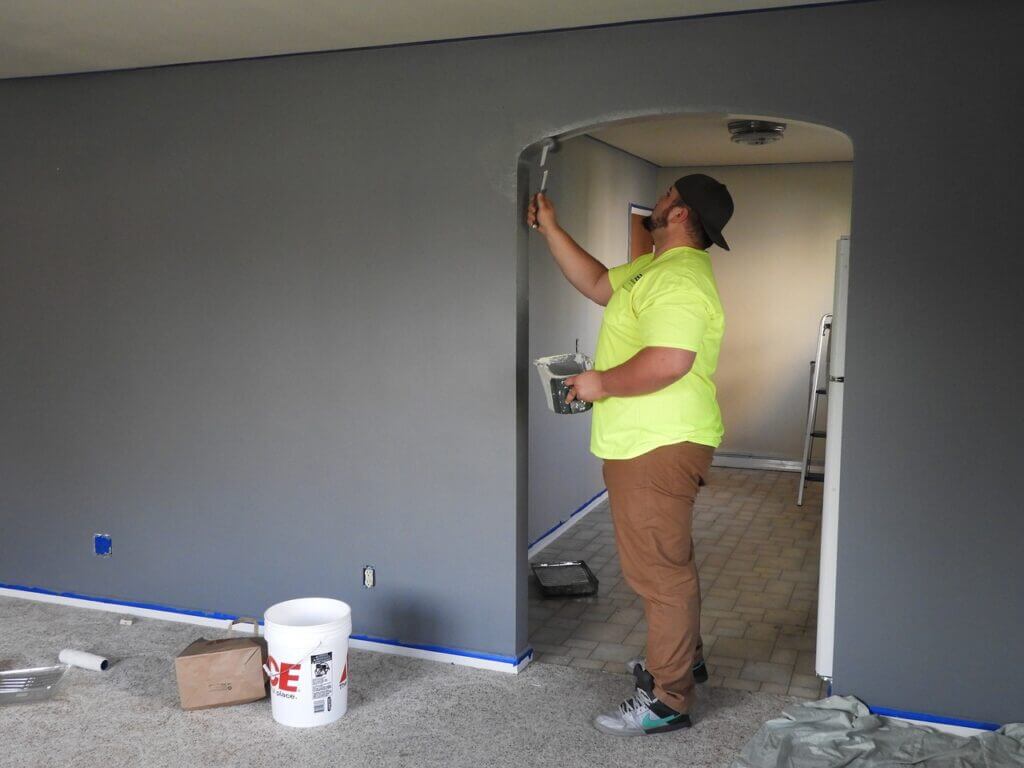
Remove mold quickly
If you have discovered mold, which can also be caused by building defects and structural damage, you should act quickly. This is because the spores are not harmless pollutants. “If the rooms are regularly used by people, mold must be avoided at all costs so as not to endanger health.
But even if the rooms are only used for storage, care must be taken to ensure that the stored goods do not become moldy and the building fabric is not damaged,” advises Thomas Schlatte from the “MeineRaumluft” platform.
Smaller mold stains can even be removed with 75 percent ethyl alcohol or ten percent hydrogen peroxide. The cloth should be well soaked with the liquid. Otherwise the spores will not be removed, but spread around the room. In the case of severe mold infestation, however, a specialist company must be commissioned with the remediation.
Prevention is better than cure
It is even better not to give mold a chance in the first place. One of the most important starting points is correct ventilation. In this context, the “MeineRaumluft” platform advises ventilating in summer only when the outside temperature drops – i.e. at night and early in the morning.
However, fresh air should be provided after showering, cooking or bathing in order to remove moisture from the rooms. However, ventilation should be short and intermittent. Cross ventilation, if possible, ensures a high level of air exchange in the rooms within a short time; alternatively, a fan can help. If it is hot and humid, however, windows and doors should be closed. In basements, on the other hand, the use of dehumidifiers also makes sense. Last but not least, the relative humidity should be checked regularly using a hygrometer: It should be between 40 and a maximum of 60 percent in living spaces.
Related posts:


